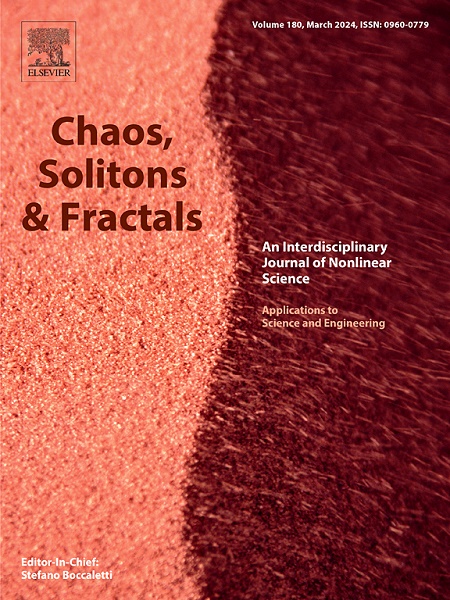噪音污染的隐性成本:规模结构人口模型的动态和稳定性
IF 5.3
1区 数学
Q1 MATHEMATICS, INTERDISCIPLINARY APPLICATIONS
引用次数: 0
摘要
人为噪声污染已成为一种普遍存在的环境压力源,对生态系统和生物多样性产生了深远的影响。尽管越来越多的证据表明其直接影响,但对人口稳定和生态系统功能的长期后果仍然知之甚少。本研究发展了一个完整的理论框架来研究噪音污染如何影响大小结构种群的稳定性和动态。我们将噪音作为一种环境压力源,破坏了四个关键的生活史过程:进食、能量消耗、死亡率和生殖产出。通过严格的分析和数值分析,我们确定了由资源承载能力和噪声强度定义的参数空间中的临界稳定边界。我们的研究结果表明,减少食物摄入量是最不稳定的途径,与其他机制相比,显著增加了种群崩溃的风险。此外,我们证明了噪声污染通过破坏能量介导的生活史转变系统地改变了种群结构,随着受影响的生命阶段的不同,幼崽优势的变化依赖于环境。除了检查长期稳定性之外,我们还通过特定阶段扰动后的恢复时间来量化系统弹性,发现了一个违反直觉的发现:表现出周期性振荡的系统始终比稳定状态下的系统恢复得更快。本研究通过提供噪音污染如何重塑人口动态的机制理解来推进生态学理论,为预测和减轻其长期生态后果提供关键见解。本文章由计算机程序翻译,如有差异,请以英文原文为准。
The hidden costs of noise pollution: dynamics and stability in a size-structured population model
Anthropogenic noise pollution has emerged as a pervasive environmental stressor with profound implications for ecosystems and biodiversity. Despite growing evidence of its immediate effects, the long-term consequences for population stability and ecosystem functioning remain poorly understood. This study develops an integrated theoretical framework to investigate how noise pollution impacts the stability and dynamics of size-structured populations. We incorporate noise as an environmental stressor that disrupts four key life-history processes: feeding, energy expenditure, mortality, and reproductive output. Through rigorous analytical and numerical analyses, we identify critical stability boundaries in parameter space defined by resource carrying capacity and noise intensity. Our results reveal that reduced food intake represents the most destabilizing pathway, significantly increasing population collapse risk compared to other mechanisms. Furthermore, we demonstrate that noise pollution systematically alters population structure through disruption of energy-mediated life-history transitions, with context-dependent shifts in juvenile dominance that vary by affected life stage. Beyond examining long-term stability, we quantify system resilience through recovery time following stage-specific perturbations, uncovering a counterintuitive finding: systems exhibiting periodic oscillations consistently recover faster than those at steady state. This study advances ecological theory by providing a mechanistic understanding of how noise pollution reshapes population dynamics, offering critical insights for predicting and mitigating its long-term ecological consequences.
求助全文
通过发布文献求助,成功后即可免费获取论文全文。
去求助
来源期刊

Chaos Solitons & Fractals
物理-数学跨学科应用
CiteScore
13.20
自引率
10.30%
发文量
1087
审稿时长
9 months
期刊介绍:
Chaos, Solitons & Fractals strives to establish itself as a premier journal in the interdisciplinary realm of Nonlinear Science, Non-equilibrium, and Complex Phenomena. It welcomes submissions covering a broad spectrum of topics within this field, including dynamics, non-equilibrium processes in physics, chemistry, and geophysics, complex matter and networks, mathematical models, computational biology, applications to quantum and mesoscopic phenomena, fluctuations and random processes, self-organization, and social phenomena.
 求助内容:
求助内容: 应助结果提醒方式:
应助结果提醒方式:


